Metal VS Wood: Which is the Best For Your Fencing?
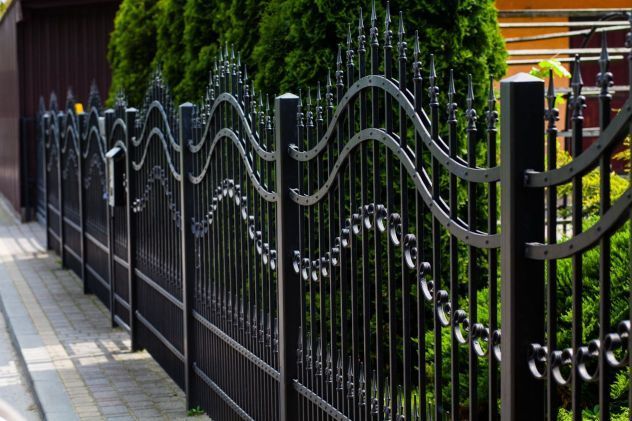
Are you considering installing a fence around your property or planning to build or rebuild an existing one? There are many fencing materials to choose from, but metal and wood are two of the most popular residential options. We'll help you decide which material is best for your project by diving into their differences. Metal fences provide durability and can withstand extreme weather conditions, while wooden fences add beauty and charm and blend in with traditional landscaping designs. So which type should you choose? Read on to learn more about metal vs wood fencing and why each may be a good choice depending on your unique needs!
Benefits of metal and wood for fence construction
When constructing a new fence, it cannot be easy to decide whether metal or wood is the better material. Metal fences are generally more durable and require less upkeep than those made with wood, making them an excellent option for people needing more time to treat the wood regularly. On the other hand, wooden fences appear more natural, allowing them to blend into their environment in almost any setting. Wood also has a slightly softer aesthetic, which lends itself nicely to residential properties and gives off a homey feel while still providing ample privacy. Ultimately, both fencing materials come with advantages and disadvantages, which should be taken into consideration when deciding on the best one for your specific needs.
Pros and cons in terms of cost, durability, aesthetic value, and safety
Depending on the desired outcome, metal or wood could be chosen as a suitable material. Wood is usually seen as a more aesthetically pleasing choice due to its natural beauty, but metal may be more cost-efficient and durable. Both materials come in different grades, and most often, the higher the grade of either material, the better quality it will be. However, since wood can suffer from moisture damage and degrade over time if left exposed to the elements, metal can be considered a safer option where outdoor exposure or bad weather is an issue. Ultimately, it depends on individual consumer preferences when choosing between metal and wood; both of these materials have their pros and cons that should be weighed carefully according to project needs.
Installation process for each material
A few differences and similarities come to mind when considering the installation process for metal and wood materials. Both have their pros and cons. Metal is usually the better choice for durability due to its strength and timeless appeal. On the other hand, wood installations are generally faster and cheaper than metal installations because they don't require as much attention to detail or heavy equipment use. They also offer a different aesthetic that can work with any home's style, depending on the type of wood used. Although installing either one is relatively straightforward, both have specific steps that need to be followed correctly for them to last, so hiring an experienced professional installer is usually recommended regardless of which material you choose.
Painting and staining options for both materials
Painting and staining projects can significantly enhance the appeal of both metal and wood materials. Painting with challenging, durable paint is best for long-term coverage of metal surfaces. A variety of colours and finishes are available to help create your desired look. Staining is usually unnecessary for metals, but clear coats may be helpful depending on the desired result. Applying paint or stain can prevent damage from the environment or everyday use of wood materials. Still, treating wood differently than metals is vital, as most paints are meant for outdoor use with proper protection. Equally important is the application process – brush strokes should always move in one direction for better absorption and adherence of the paint or stain. The right choice, judiciously applied, will bring out beautiful details in any project involving metal or wood!
Maintenance needs for metal and wood fences.
Metal and wood fences can significantly increase security and privacy around your home or business. While they may both provide these benefits, they have different maintenance needs that need to be considered. Wood fences should regularly be checked for rotting or cracking (particularly in wet climates). If left untreated, these minor issues can quickly become more significant problems requiring more costly replacements. On the other hand, metal fences typically require less frequent treatment; however, they will eventually rust or corrode if not protected. Regular maintenance, such as oiling or painting, may be necessary to ensure long-term durability and optimal appearance of your fence. Making sure the correct treatment is applied to your fence will keep it strong and looking beautiful for many years!
Expert advice on which option is best based on your specific needs
If you're looking for advice on which option is best for your specific needs, it's essential to understand the facts of each. Consider the benefits, drawbacks and costs associated with each choice before making a decision. Do your research to comprehensively understand the options before taking expert advice. An expert opinion can reveal details you may have missed and factor in unexpected considerations, eliminating the guesswork and ensuring that you make an informed decision backed by all available information.
Ultimately, choosing the best fence material for your needs will depend on a few factors. A metal fence is a great choice if you want a low-maintenance option that provides excellent durability and strength. A wood fence may be more fitting if you want an aesthetically pleasing look. Cost can also be considered since metal fences tend to pay for themselves over time with little to no repairs and maintenance required.
However, contact us at 03 4320 0684 to do the job if you have any doubts or want additional advice and recommendations based on your specific needs, such as installation issues, painting and staining options, safety concerns and budget limitations. We'll provide unbiased information that lets you make an informed decision regarding fence construction materials. Whether it's metal fencing or wood fencing you dream of having in your yard, we'll get it done without breaking the bank!
You Might Also Like

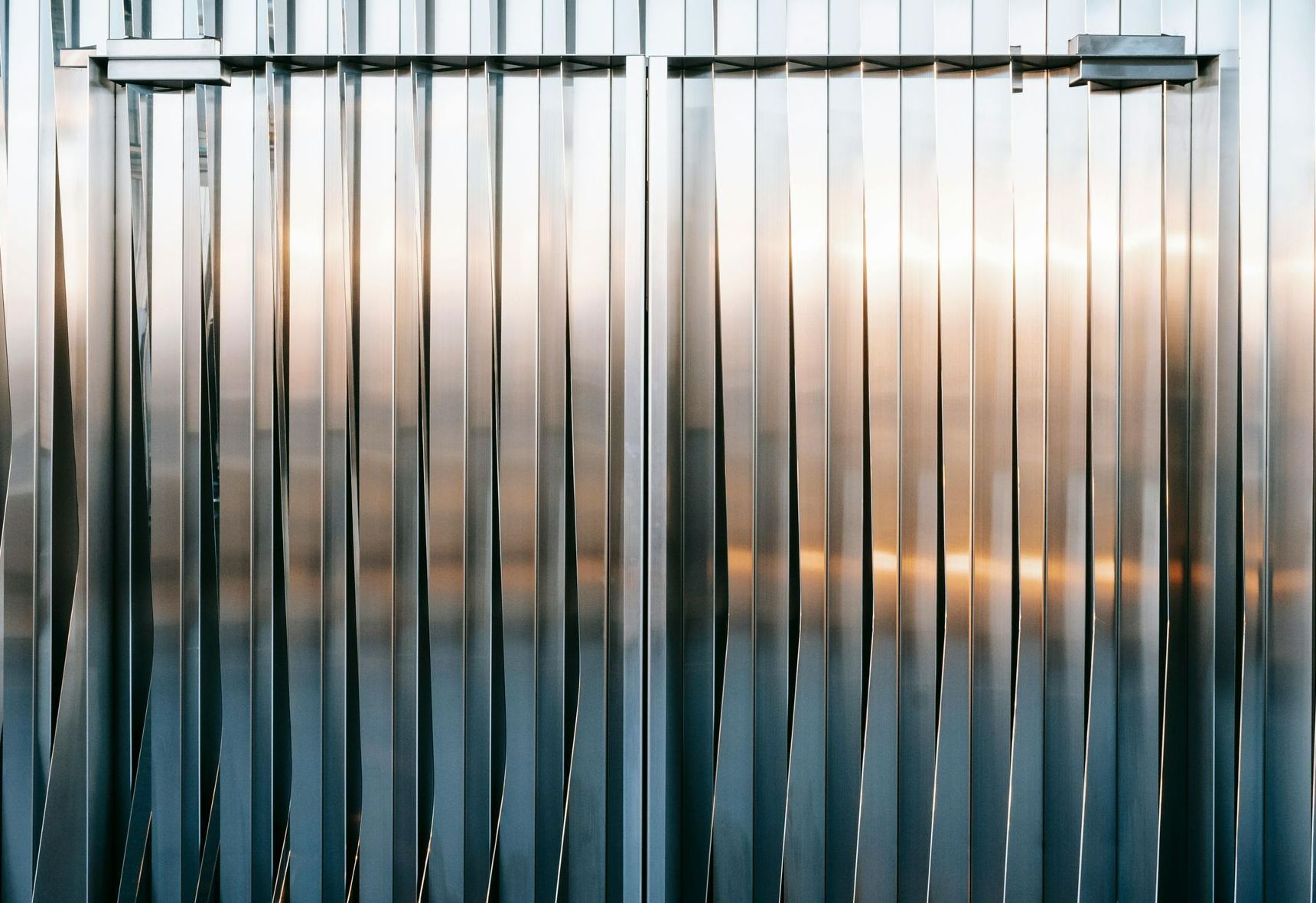
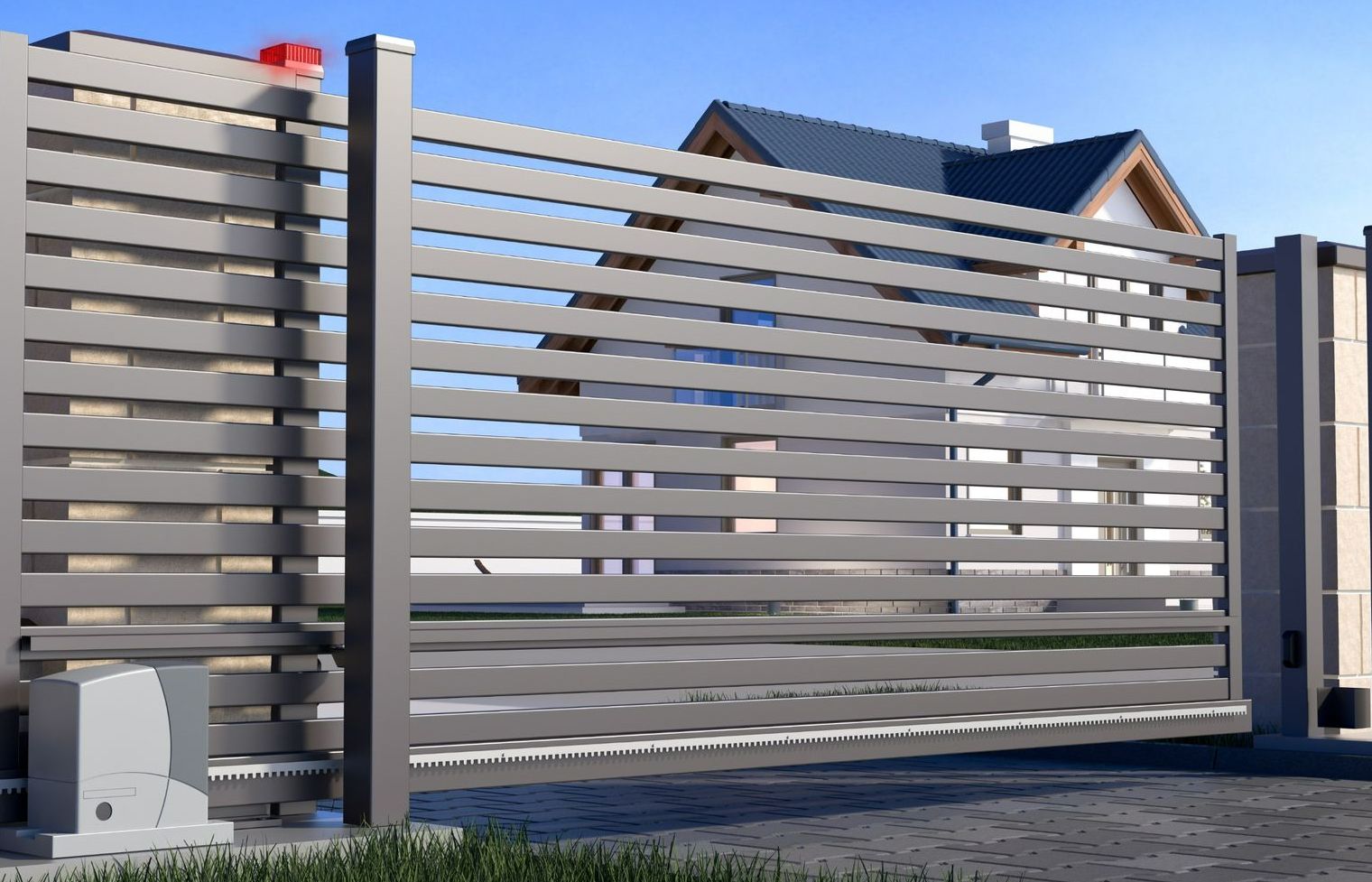
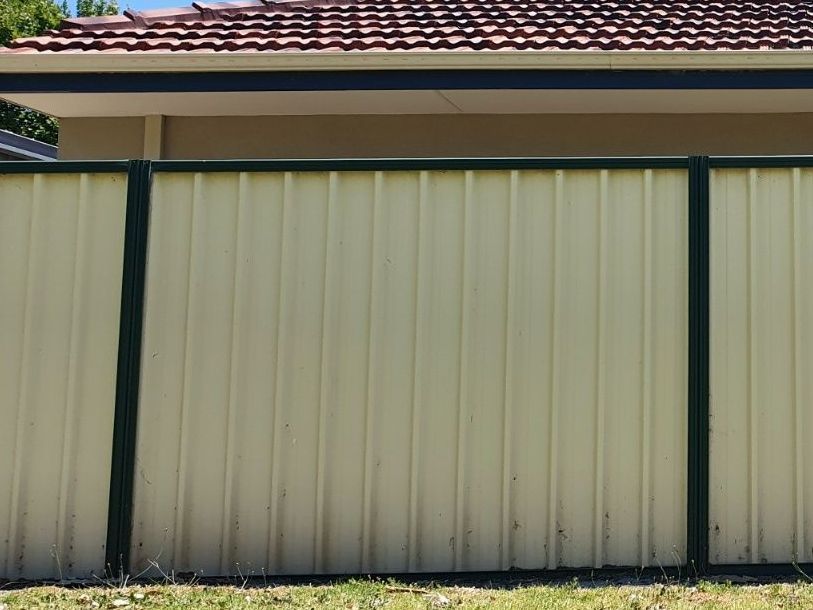
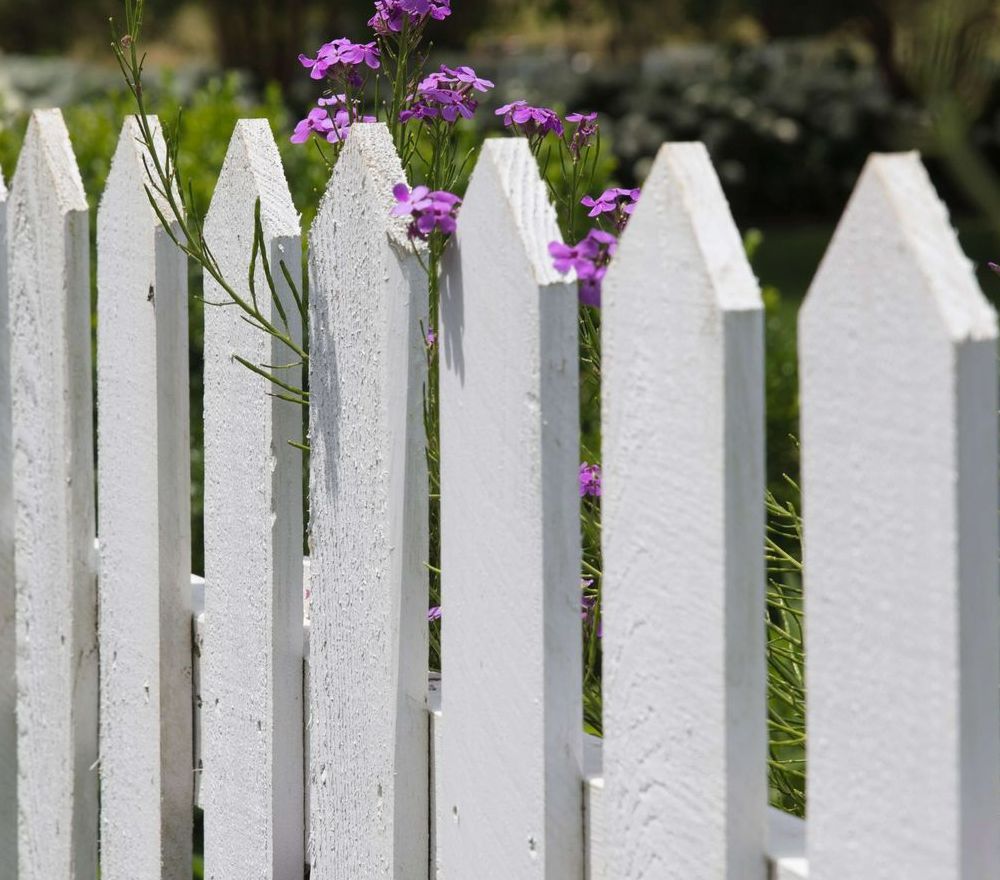
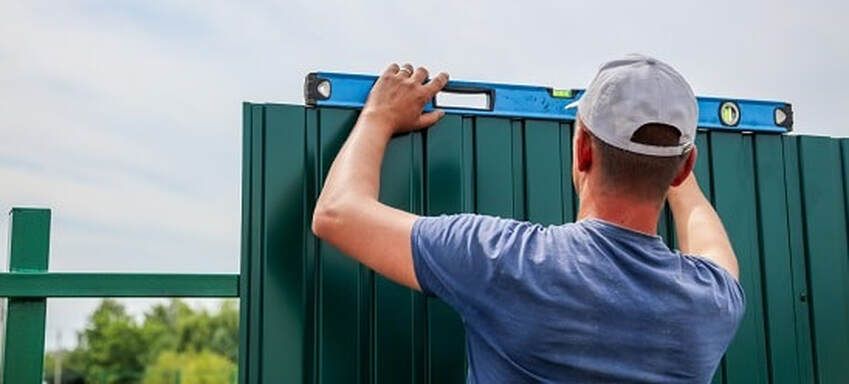
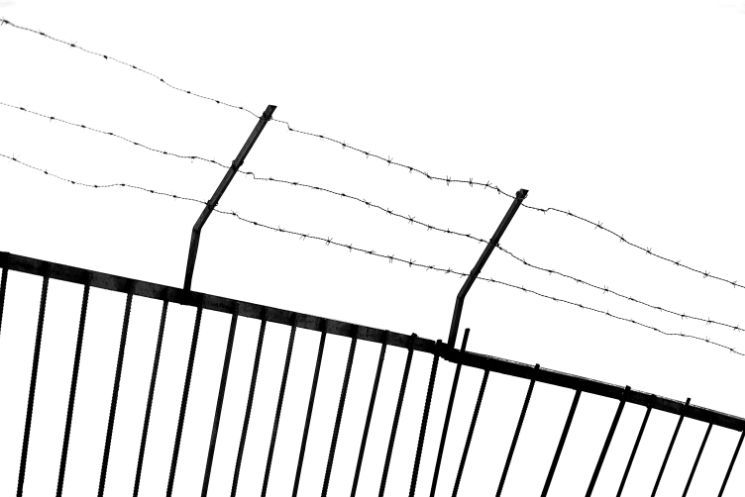
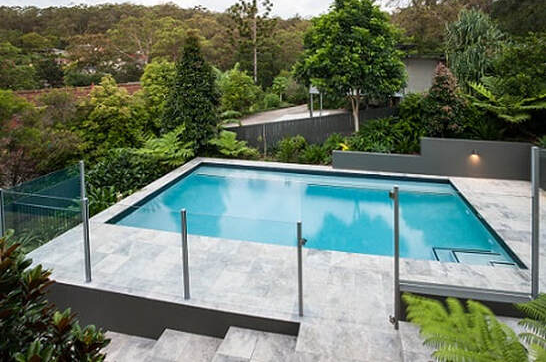
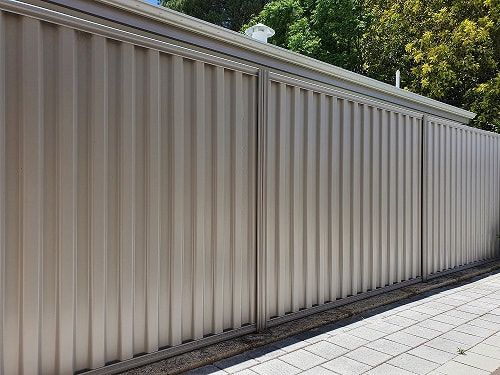
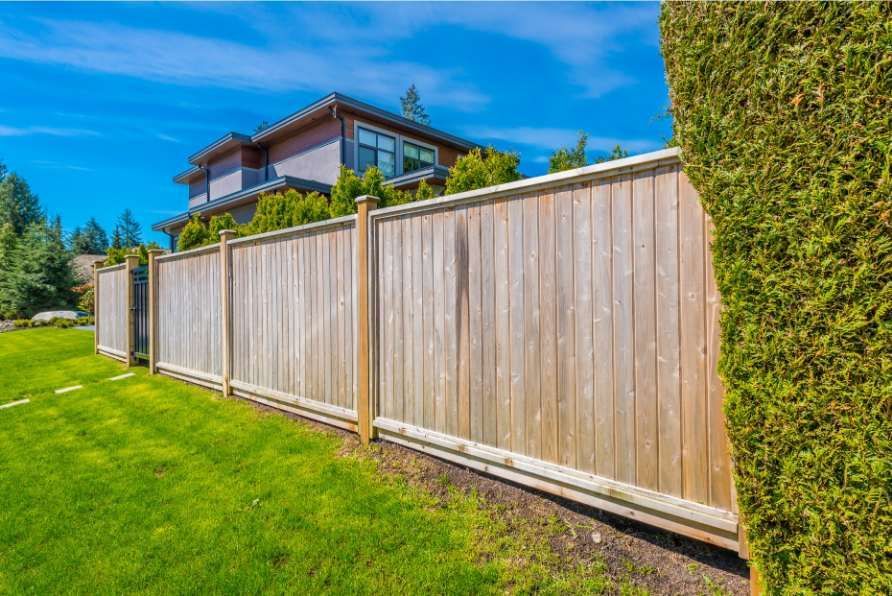
FREE INSTANT QUOTE!
**plus FREE bonus coupon**
New Lead - Fencing Ballarat
We will get back to you as soon as possible.
Please try again later.